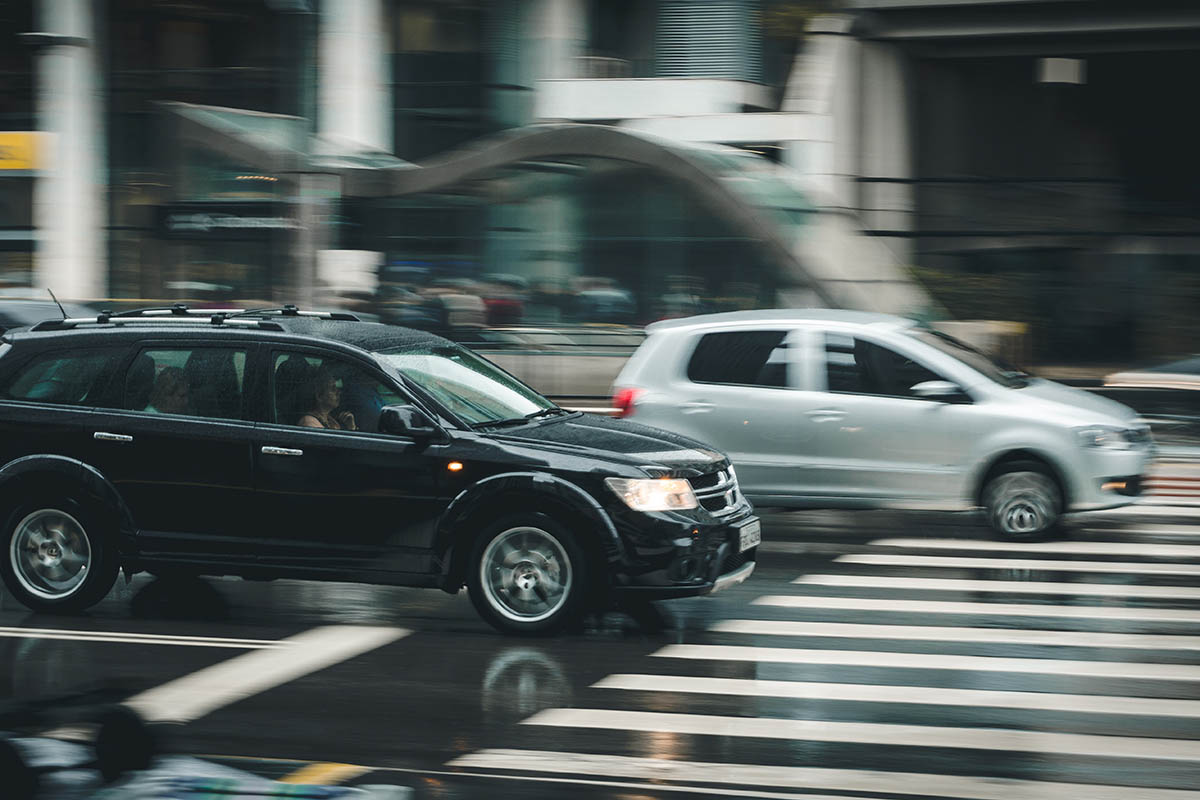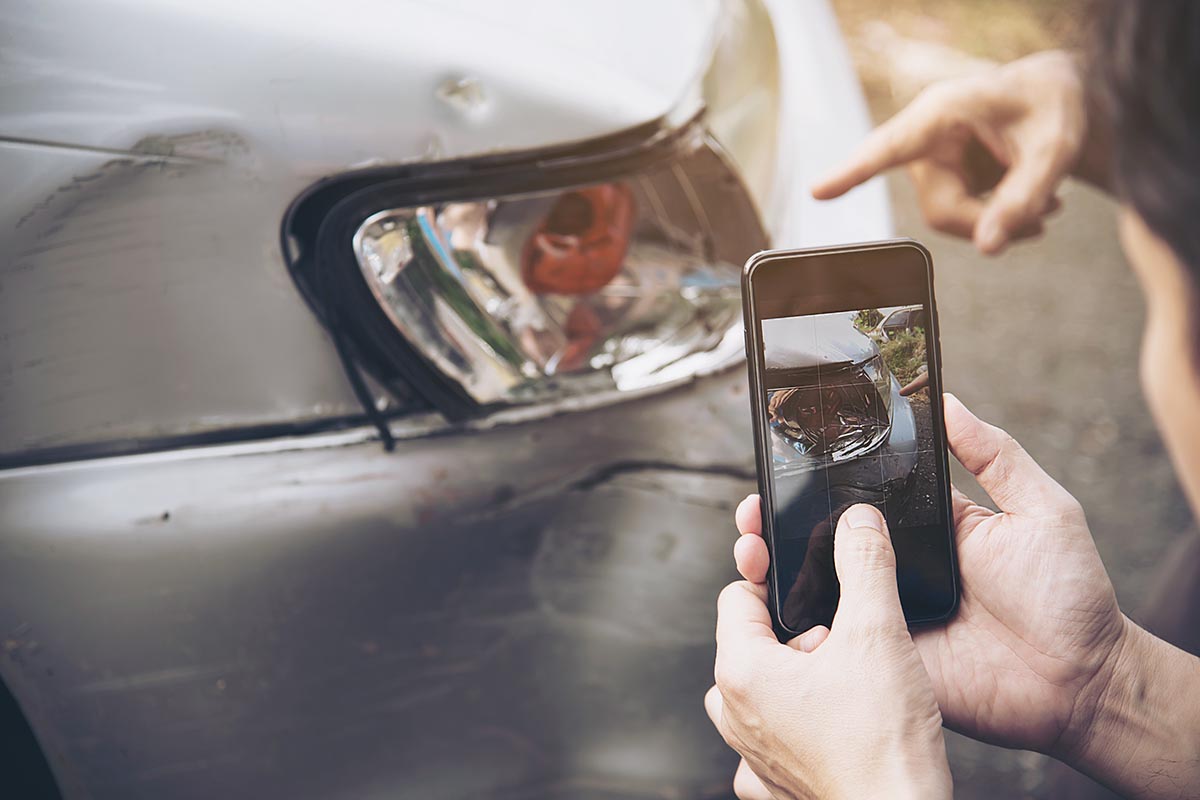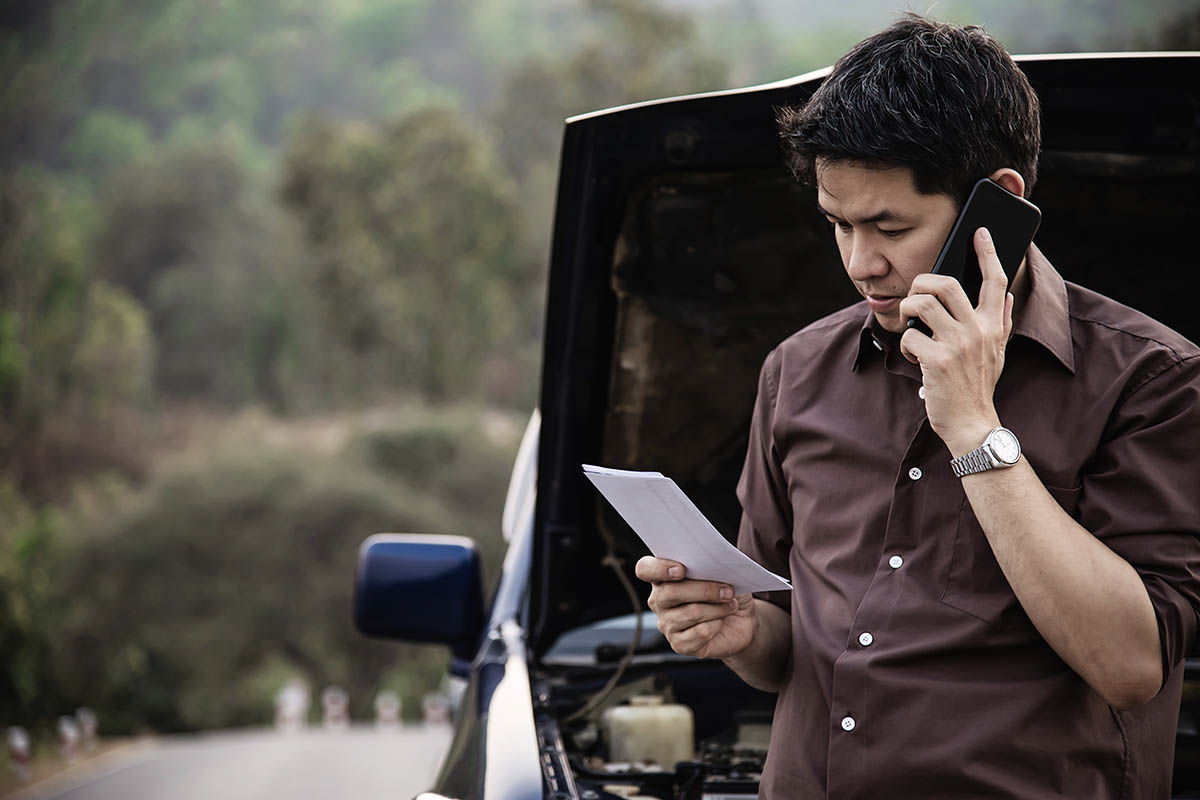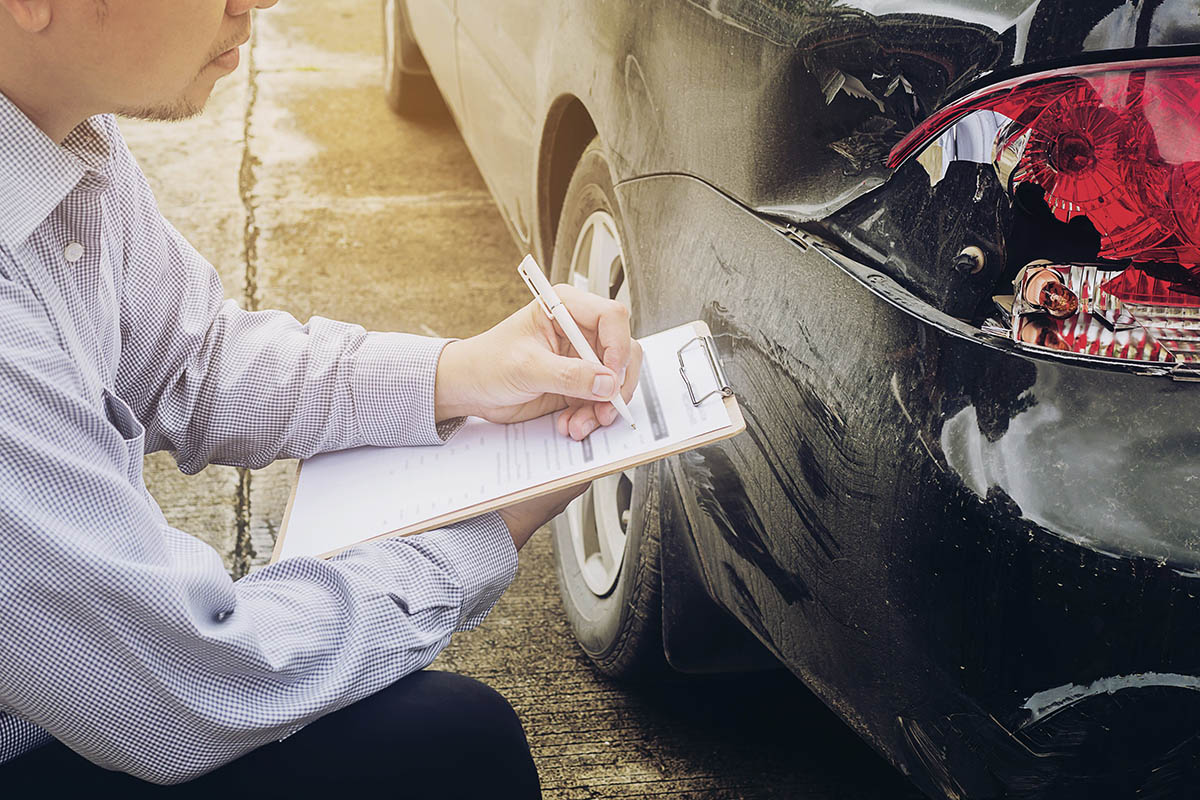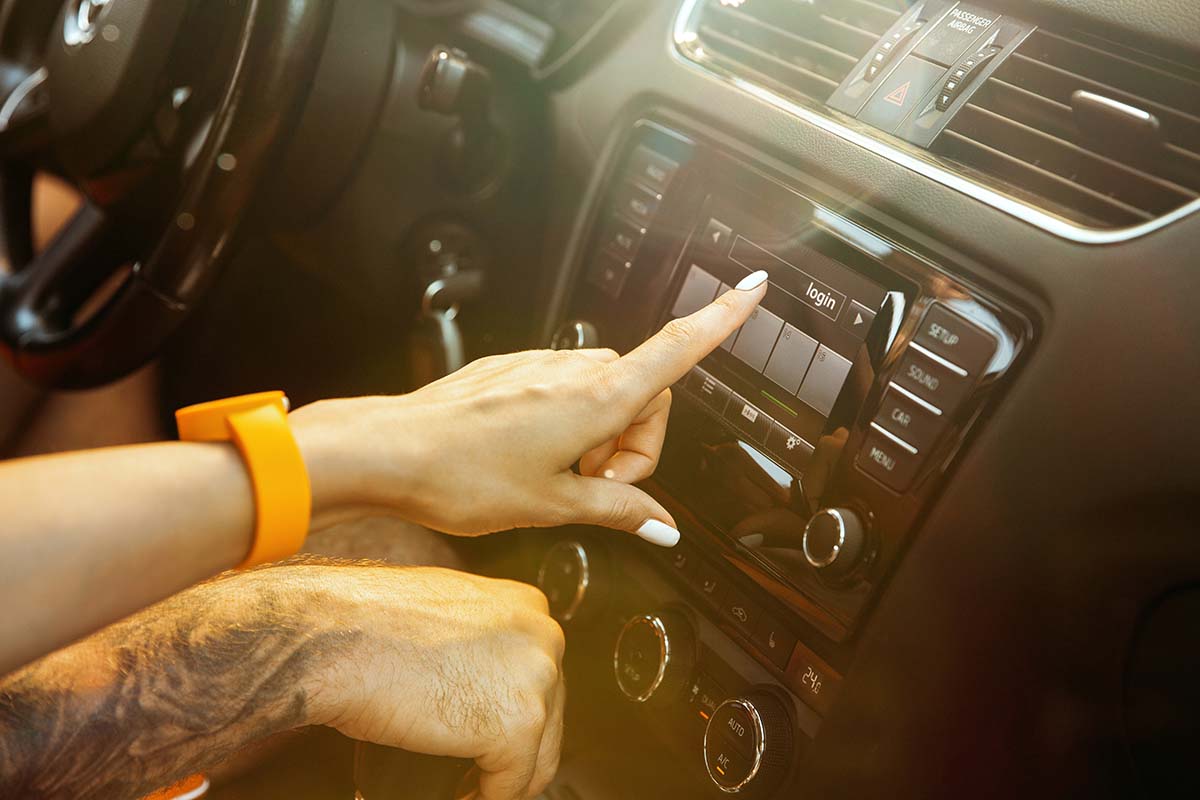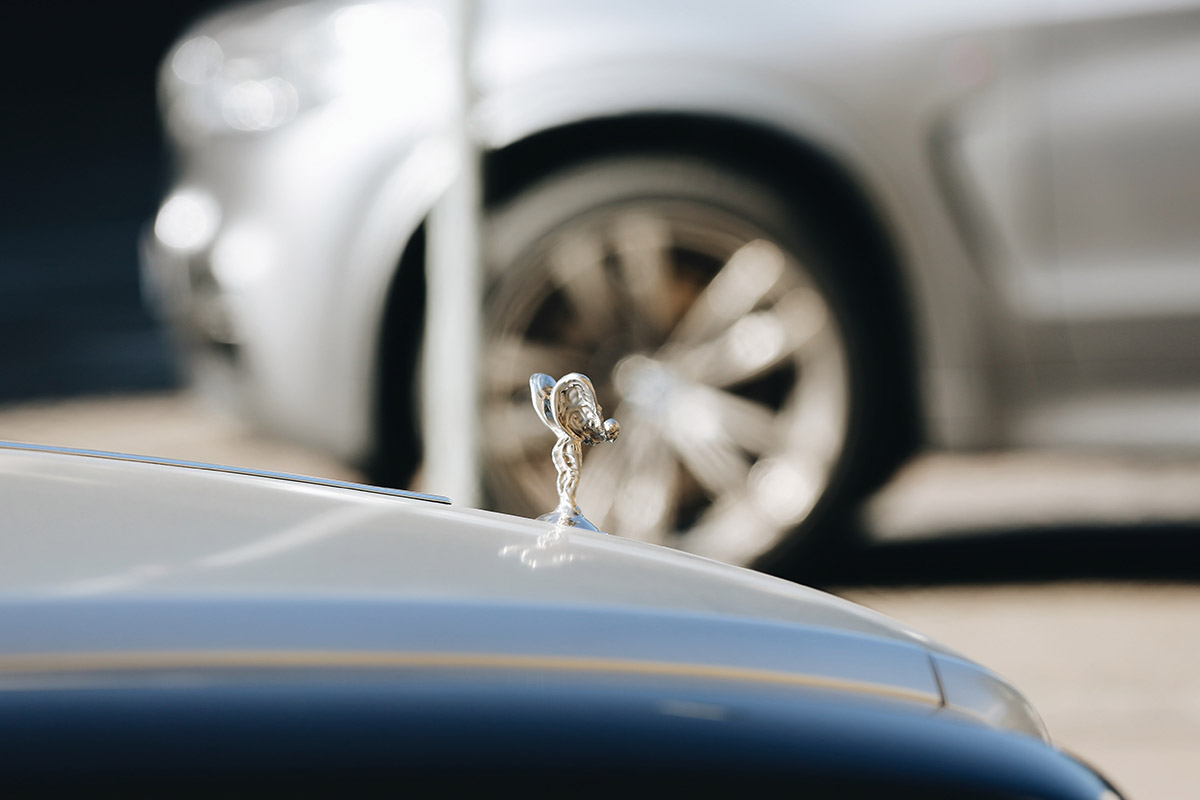How to Handle a Car Accident: 5 Key Steps to Follow after Collision
Every year, over six million car collisions occur in the US. Even worse, most of us are unaware of how to handle a car accident, when it occurs. That’s why people need a comprehensive step-by-step guide on what to do when they’re caught in such a predicament.
Well, after an accident, you may be severely injured or quite overwhelmed by the rapid shift of events leaving you unable to do anything. However, if you can, there are several actions that are important in ensuring your safety. Failure to undertake them may have serious consequences.
In the US, the car accident law determines the person responsible for the property and personal damage that results from a collision. The state law governs almost the entire car accident litigation. In every state, car accident victims must prove – to different degrees – the four essential elements before compensation. These four elements include duty, breach, causation, and harm.
Moreover, if you are based in Phoenix in Arizona and if you would like further information about this process you could learn more about how to plan your next steps from a legal perspective by heading to the Lamber Goodnow website.
Duty
Every driver has a legal obligation to obey the traffic rules. Also, they must operate their car in a reasonable manner. You are required to:
- Drive at a safe speed
- Observe traffic signals
- Exercise road awareness
- Maintain control of the vehicle
- Make proper use of headlights and blinkers
Typically, the existence of a duty is acknowledged without dispute. By contrast, the plaintiff must provide proof that the defendant was acting in breach of duty.
Breach
Direct evidence can help determine a breach. These include:
- Eyewitness testimony
- Traffic surveillance video
- An admission of fault
Alternatively, the plaintiff may resort to circumstantial evidence, including:
- Paint smudges
- Skid marks
- Blood alcohol readings
Causation
Even if the defendant had a duty to operate their vehicle in a specific way and there is proof that they breached that duty, the court does not assume that those circumstances resulted in the plaintiffs’ injuries. The plaintiff is required to prove the element of causation.
For the plaintiff to prove causation, they need to have medical testimony that demonstrates that the injuries were a result of the crash. They must prove that these injuries did not exist prior to the incident.
Harm
The last thing that the plaintiff must provide evidence of is harm. Unless the plaintiff proves that they sustained injuries or their car was damaged as a result of the crash, they cannot bring a negligence lawsuit. Once the harm is clearly shown, the plaintiff can now get compensated for medical expenses, lost wages, or pain and grief caused. For a better illustration, let’s take an example of a car accident in the state of Texas.
Texas Car Accident Law
Texas isn’t a no-fault car insurance state as it follows a third-party liability rule. This means that a car accident victim can and has a right to claim compensation from the insurance company of the driver that is at fault. This is different from states that follow no-fault insurance. Here, both parties can seek reimbursement from their own insurance companies.
In addition, Texas’s comparative negligence law permits an injured party to recover damages only if they were less than 51% liable for the accident. It means that drivers are liable for the damages and injuries they cause in a collision.
When filing a claim, getting your official accident report is a must to verify the driver at fault. This you can do either in person or online depending on where the crash occurred. For instance, if the crash happened in Houston, you can easily access all Houston traffic accident reports online as all the 16 police agencies in Texas use the same “Texas DOT CRIS (Crash Report Information System).” All you need to retrieve from your crash report is the date, location, vehicles involved, and a brief description of the scene. So what are these essential steps you must take?
Call 911 and Report the Accident
First, call 911 and ask for help if you are hurt. If there are bystanders, you can ask them to call 911 for you. If you had other passengers on the vehicle, check if they are okay. If your car can still move, slowly remove it from the road and park it by the roadside. Don’t run away from the accident scene even when it’s a minor one. Protect the scene of the accident by keeping your flashers on or setting flares.
Exchange Information with the Other Drivers
It’s easy to have an argument with the other driver. This amounts to nothing and can have adverse effects when the insurance is determining the fault. Don’t let emotions take the better of you; instead, calmly exchange information. In some states, exchanging your name and insurance information is enough so that you may limit interaction with the other party.
But it’s recommended to get full details, which include the driver’s contact, license number, type, model, and color of the car. It’s hard to determine fault (if you and the other driver aren’t certain). The insurer will use the information from both parties, and the police reports to get the right offender.
Taking pictures is the best way to get a clear explanation of what happened. The Nation Association of Insurance. Commissioners have made the process of recording accidents easy by offering apps for documentation. You can download a Wreckcheck that will help you create audio and written details of the accident.
Besides, most insurance companies have apps that can still help you document the accident. No worries if you don’t have a smartphone. Make use of a pen and paper and draw a diagrammatic scene of the accident. Write down short notes on how the accident occurred and keep the information to present to the insurer later.
Take Pictures of the Accident Scene
Take a snap of the other drivers at the scene of the accident, their license plates, and any damage done to their vehicles. Also, take photos of the roads, traffic signs, and the direction in each vehicle was traveling. Photos come in handy later as it may be hard to remember these minute details later.
Seek Medical Attention
Unless you are entirely sure that you did not sustain any injury, ensure that you get medical care. Apparently, many people begin feeling uneasy 2-3 days after the accident. This time is a bit too late, and the damage might already be done. If it was a severe injury, all the processes to getting insured should stop. You can ask for help from a friend or family member to follow up on the process as you seek medical care.
The medical report comes in handy when making an insurance claim. If you don’t get it immediately, the insurance company can claim that your injuries didn’t result from the accident. In the end, you may not get the compensation you deserve for the injuries.
